This 360-page country report provides a comprehensive overview of discrimination and inequality in Yemen. The report opens with a summary of Yemen’s history since 2000 and a more detailed analysis of current social, legal, economic and political climate with a focus on the on-going war.
The report then moves on to the legal and policy framework as related to equality and non-discrimination in international and regional law and legal mechanisms, and in the formal and informal tribal Yemeni justice systems. Yemen is a signatory to the ICCPR which prohibits discrimination between individuals.
The patterns of discrimination and inequality in Yemen are then examined. The report organises discrimination by theme, moving from political opinion to religion/belief, and discusses sexual orientation in section 3.7 starting on page 241.
The size of the lesbian, gay, bisexual and transgender community in Yemen is unknown: as recently as 2013, an aide to the Minister of Human Rights declared that “[we] don’t have gays in Yemen.” The report discusses the evidence that has been gathered by human rights organisations, all of which suggests LGB individuals are afraid to reveal their sexual orientation due to threats against their safety and lives. The report notes that no information was available at the time of publication regarding discrimination based on gender identity. The report discusses multiple other patterns of discrimination before moving into the conclusion, where the report notes ‘substantial evidence of discrimination and disadvantage arising on a range of grounds’ including sexual orientation.





